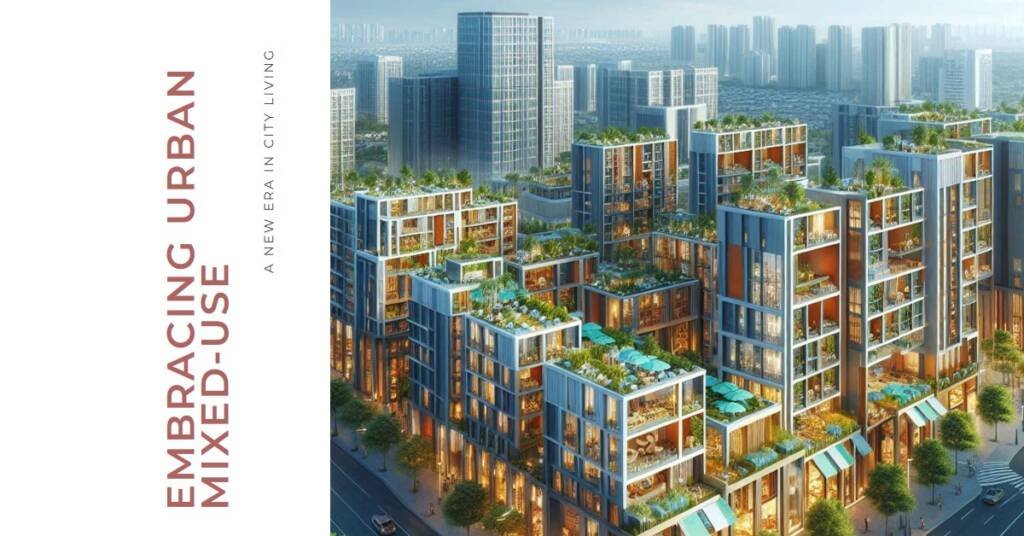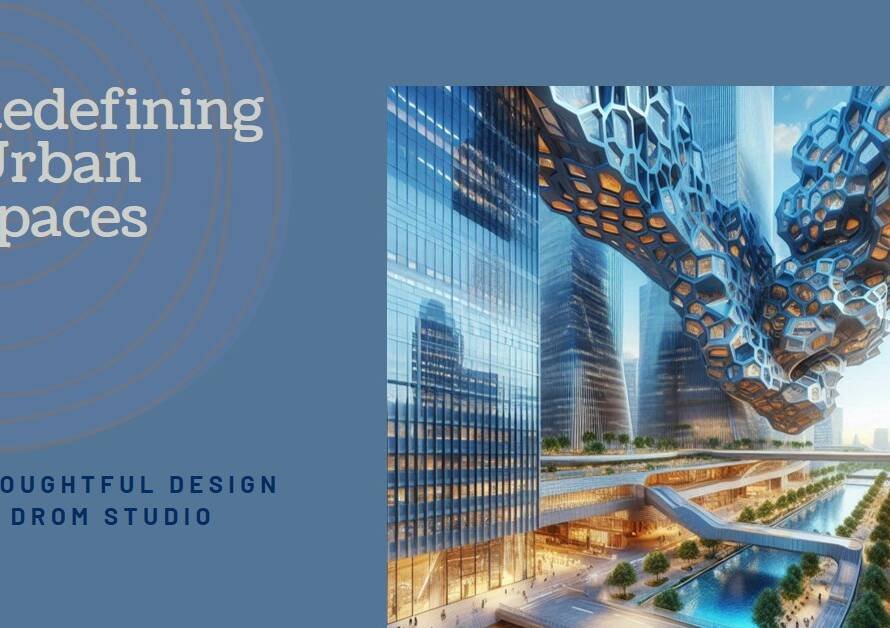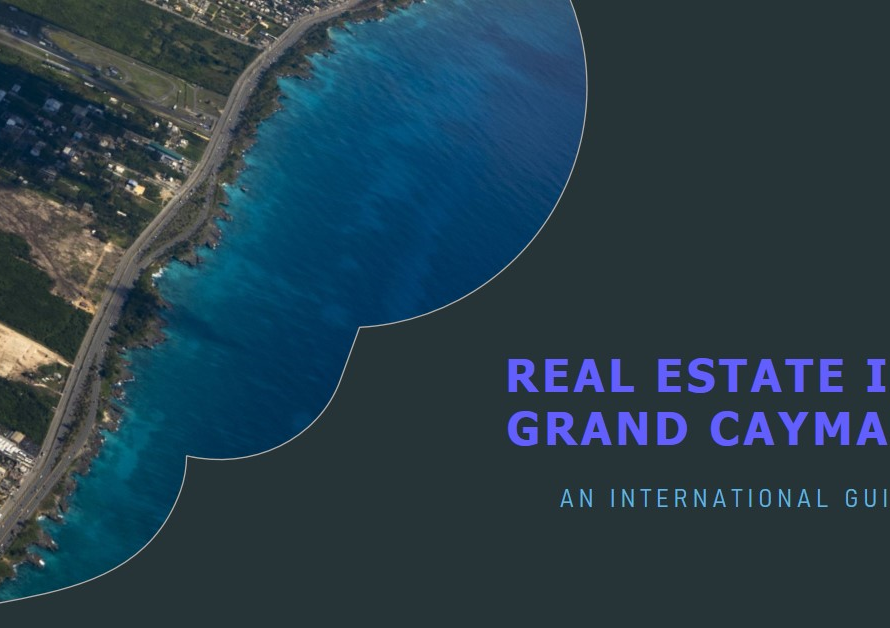
Table of Contents
- Introduction to Mixed-Use Developments
- The Benefits of Mixed-Use Developments
- Historical Context and Evolution
- Challenges Faced by Mixed-Use Developments
- Case Studies of Successful Mixed-Use Developments
- Policy and Regulatory Framework
- The Role of Technology in Mixed-Use Developments
- Future Trends in Mixed-Use Urban Planning
- Conclusion: The Future of Urban Living
Introduction to Mixed-Use Developments
Mixed-use developments are urban planning strategies that integrate different types of land uses within a single development or a contiguous area. These can include a combination of residential, commercial, cultural, and recreational spaces, all designed to foster a lively and cohesive community environment. The significance of mixed-use developments in urban planning lies in their ability to create multifunctional spaces that cater to various needs, reduce the dependence on automobiles, and promote sustainable living practices.
The concept of mixing land uses is not a new phenomenon; it has evolved significantly over the years. Historically, cities were designed with a mix of functions, where residential, commercial, and civic uses coexisted in proximity. However, the rise of suburbanization in the mid-20th century led to a decline in such integrated urban layouts. This shift resulted in the separation of residential and commercial spaces, contributing to car dependency and a decline in community engagement.
In recent years, as urban populations have surged and the demand for sustainable living solutions has increased, the trend towards mixed-use developments has re-emerged. These developments offer urban planners an opportunity to rethink traditional planning paradigms, focusing on creating vibrant places where people live, work, and play. The integration of various spaces not only enhances convenience but also promotes social interaction and fosters a sense of community.
Mixed-use developments further support economic resilience by attracting diverse businesses that can thrive in a shared environment. As cities continue to grow, urban planners recognize the necessity of adopting innovative approaches like mixed-use developments to build sustainable, livable, and dynamic urban locales. This approach represents a crucial forward step in urban planning, addressing modern challenges while enhancing the quality of life for urban residents.
The Benefits of Mixed-Use Developments
Mixed-use developments have been gaining traction in urban planning due to their numerous advantages that contribute positively to urban environments. One significant benefit is increased walkability. When residential, commercial, and recreational facilities are combined within the same vicinity, it encourages inhabitants to walk rather than drive. A study conducted by the Victoria Transport Policy Institute in 2021 highlighted that neighborhoods designed with mixed-use characteristics could see up to a 50% increase in walking rates among residents, leading to improved public health outcomes and reduced traffic congestion.
Furthermore, reduced reliance on automobiles is another critical benefit of mixed-use developments. By strategically placing essential amenities such as grocery stores, schools, and parks within close proximity, residents can fulfill their daily needs efficiently without resorting to personal vehicles. This shift not only alleviates parking shortages but also reduces greenhouse gas emissions, contributing to a more sustainable urban landscape. A 2019 report from the Urban Land Institute emphasized that urban centers with a higher percentage of mixed-use projects saw a substantial decline in car ownership rates, which aids city planners in combating pollution and promoting sustainable transportation alternatives.
Mixed-use developments also promote social interactions among communities. Social ties are often strengthened when individuals from diverse backgrounds interact in shared public spaces or attend local events. Studies have indicated that mixed-use environments foster greater community engagement and civic participation. According to research published in the Journal of Urbanism, neighborhoods incorporating mixed-use designs showed a 30% increase in community events and gatherings, enhancing residents’ sense of belonging.
Lastly, economic benefits through diverse revenue streams cannot be overlooked. Mixed-use developments provide a varied tax base for municipalities and create job opportunities through new businesses. By attracting both residents and visitors, these developments promote local commerce and stimulate economic growth. Urban economists confirm that mixed-use areas often experience higher property values, benefiting both investors and the community at large.
Historical Context and Evolution
The concept of mixed-use developments can trace its roots back to ancient civilizations where residential, commercial, and public spaces coexisted in harmony. For instance, in ancient Rome and Greece, integrated spaces were essential for both commerce and community gathering, illustrating an early understanding of the benefits of mixed-use design. However, as urban environments evolved, particularly during the industrial revolution, a shift occurred that favored single-use zoning. This division was indicative of the broader societal trends prioritizing efficiency and specialization in urban planning.
The mid-20th century saw a significant transformation in urban planning philosophies, notably through the emergence of Modernist ideas which promoted separation of land uses. This approach reflected the post-war suburbanization trend, resulting in sprawling communities characterized by residential zones removed from commercial activities. Unfortunately, this often led to urban decay in many city centers, as people migrated to the suburbs, leaving behind a legacy of disconnected spaces and a reliance on automobiles.
By the late 20th century, a new approach began to gain traction with the rise of New Urbanism, which advocated for walkable neighborhoods that incorporate a mix of residential, commercial, and recreational spaces. This movement emphasized human-scale developments and sought to counter the adverse effects of suburbanization. Urban planners and designers began to recognize the critical role that mixed-use spaces play in promoting social interaction, enhancing accessibility, and creating vibrant communities.
Furthermore, societal changes, such as the increasing importance placed on sustainability and community living, have driven the popularity of mixed-use developments. The modern emphasis on creating environments that foster economic viability while catering to diverse lifestyles reflects an understanding that urban design must evolve in response to people’s needs. As cities around the globe continue to expand, the significance of mixed-use neighborhoods is becoming increasingly paramount in fostering a balanced urban ecosystem.
Challenges Faced by Mixed-Use Developments
Mixed-use developments combine residential, commercial, and recreational spaces into a single cohesive environment, promoting urban vitality and sustainability. However, they face numerous challenges that hinder effective implementation. One significant obstacle is navigating outdated zoning laws, which often segregate land uses and limit the ability to create multifaceted spaces. Planners must work diligently to adapt these regulations, fostering an environment that encourages innovative mixed-use projects while adhering to legal requirements.
Additionally, gentrification is a prevalent concern associated with mixed-use developments. As neighborhoods transform to accommodate higher-income residents and businesses, long-standing, lower-income communities may be displaced. This can lead to social tensions and a loss of cultural identity in the areas undergoing revitalization. Therefore, it is essential for developers and local governments to prioritize affordable housing and community engagement to mitigate these adverse effects and foster inclusivity in urban environments.
Operational complexities also pose challenges in mixed-use developments. The integration of diverse functions necessitates coherent management strategies that accommodate the needs and preferences of all stakeholders. This may involve balancing the demands of residents, commercial tenants, and visitors, which can often lead to conflicts. Effective communication and collaboration among these varied land-use groups are crucial to ensure a harmonious coexistence and overall success.
Finally, overcoming the multifaceted challenges tied to mixed-use developments is imperative for their successful implementation. By addressing zoning issues, mitigating gentrification, and enhancing operational management, urban planners can harness the potential of these developments to create vibrant, sustainable communities. A thoughtful approach that considers the needs of all stakeholders will ultimately contribute to the rising trend of mixed-use urban planning, shaping cities for the future.
Case Studies of Successful Mixed-Use Developments
The emergence of mixed-use developments has redefined urban planning across the globe, reflecting a shift towards sustainable and vibrant community designs. Notable examples of such developments highlight their effectiveness in fostering urban vitality and improving the quality of life for residents. One exemplary case is the High Line in New York City, which transformed an abandoned elevated railway into a linear urban park. This green space not only provides recreational opportunities but also integrates residential, commercial, and cultural spaces, significantly enhancing the surrounding neighborhoods.
In Vancouver, Canada, the Olympic Village showcases exemplary mixed-use development principles. Designed for the 2010 Winter Olympics, this community includes residential units, retail outlets, and public amenities, promoting a balanced lifestyle. The Olympic Village emphasizes walkability and accessibility, encouraging residents to engage with their environment while reducing reliance on automobiles. This project demonstrates how mixed-use developments can revitalize urban areas and support sustainable living.
Another prominent example can be found in Malmö, Sweden, with the development of Västra Hamnen (Western Harbor). Originally an industrial zone, this area has been transformed into a sustainable neighborhood featuring residential buildings, offices, shops, and leisure facilities. The design encourages community interaction and prioritizes eco-friendly practices, making it a model of modern urban living. Notably, the development incorporates renewable energy sources and green building standards, illustrating the potential of mixed-use developments to achieve environmental objectives.
These case studies exemplify the success and diversity of mixed-use developments worldwide. Each project not only meets the functional needs of urban residents but also contributes to social cohesion and environmental sustainability. By integrating different land uses, these developments play a crucial role in advancing contemporary urban planning strategies, creating spaces that enhance urban vitality and foster community well-being.
Policy and Regulatory Framework
The successful implementation of mixed-use developments heavily depends on the existing policy and regulatory framework established by governmental bodies. These frameworks typically comprise zoning laws, land use regulations, and various incentives designed to facilitate the integration of residential, commercial, and recreational spaces. Zoning laws play a pivotal role in determining how land can be utilized, dictating where certain types of buildings can be constructed and what activities can be conducted in these spaces. In many jurisdictions, traditional zoning classifications may pose a challenge to mixed-use developments by enforcing separation of land uses. However, adjusting these regulations can significantly encourage the emergence of better-integrated urban environments.
In an effort to promote mixed-use developments, many cities are revisiting their zoning ordinances to allow for greater flexibility in land use designations. This includes the introduction of form-based codes, which emphasize the physical form of buildings and the relationship between them, rather than merely their function. Such an approach allows for a more holistic vision of urban planning, enhancing walkability, accessibility, and community engagement within mixed-use areas. Moreover, planning departments can support this shift by providing technical assistance and resources to developers who are interested in aligning their projects with these innovative regulatory frameworks.
Incentives for developers also play a crucial role in the promotion of mixed-use developments. These incentives may include tax abatements, density bonuses, and streamlined permitting processes, all of which can mitigate the financial risks associated with undertaking complex, multifaceted projects. By identifying and implementing favorable policies, municipalities can create a more attractive environment for developers to invest in mixed-use initiatives that benefit the community at large, fostering diverse, vibrant urban spaces that meet the needs of residents and businesses alike.
The Role of Technology in Mixed-Use Developments
As urban planning continues to evolve, technology has emerged as a pivotal force driving the success and adaptation of mixed-use developments. These developments seamlessly integrate residential, commercial, and recreational spaces, and the incorporation of advanced technology not only enhances functionality but also boosts the overall livability of urban environments.
One of the most profound influences technology has on mixed-use developments is through smart city innovations. Smart city technologies facilitate improved infrastructure management, energy efficiency, and enhanced services for residents and businesses. For instance, the integration of Internet of Things (IoT) devices allows for real-time monitoring of utilities, enabling better resource management and reducing operational costs. This technological integration leads to more sustainable urban ecosystems by promoting energy-saving practices and reducing carbon footprints.
Additionally, digital platforms are revolutionizing community interaction within mixed-use developments. By fostering communication between residents, local businesses, and urban planners, these platforms encourage social cohesion and community engagement. Applications for event management, shared resources, or community feedback channels enable residents to stay informed and actively participate in decisions affecting their environment. Furthermore, these digital solutions can help in tracking and responding to community needs, ensuring that the developments remain relevant and responsive to the population they serve.
The implementation of sustainable technologies is another critical aspect of modern mixed-use developments. Incorporating green building materials, renewable energy sources, and advanced waste management systems is crucial for the operational success of these spaces. Green roofs and solar energy installations, for example, not only reduce energy costs but also enhance the aesthetic appeal of urban spaces. As technology continues to advance, the potential for more sophisticated and sustainable solutions in mixed-use developments becomes increasingly viable, positioning these urban spaces as models for future development.
Future Trends in Mixed-Use Urban Planning
The landscape of urban planning is undergoing a significant transformation, primarily driven by the popularity of mixed-use developments. These projects combine residential, commercial, and recreational spaces, facilitating vibrant communities that cater to diverse needs. Emerging trends in this domain reflect a growing awareness of sustainability, community engagement, and adaptability in response to evolving societal norms.
One prominent trend is the integration of green spaces within mixed-use developments. Urban planners are increasingly recognizing the importance of natural elements in city environments, promoting mental well-being, and biodiversity. Parks, gardens, and green roofs not only enhance aesthetic appeal but also contribute to improved air quality and urban cooling. Such green infrastructure can play a pivotal role in shaping the urban experience, providing residents with areas for recreation, relaxation, and socialization.
Furthermore, the emphasis on sustainable practices in mixed-use developments is becoming more pronounced. With the urgent need to address climate change, developers are prioritizing energy-efficient designs, sustainable materials, and water conservation systems. The incorporation of renewable energy sources, such as solar panels, is increasingly common. This shift towards eco-friendly construction not only benefits the environment but also aligns with consumer preferences for sustainable living options.
The influence of the pandemic has also significantly reshaped urban living spaces. As remote work becomes a standard practice, mixed-use developments are adapting to accommodate a blend of residential, office, and communal spaces. Developers are reimagining layouts to include flexible workspaces, outdoor meeting areas, and facilities aimed at promoting social interaction while ensuring safety. This adaptability in urban planning may lead to more resilient and responsive community designs in the future.
In conclusion, the future of mixed-use urban planning appears promising, characterized by a sustainable approach and innovative designs that promote community well-being and environmental stewardship. As cities continue to evolve, these trends are likely to play a critical role in shaping livable, functional, and vibrant urban environments.


Conclusion: The Future of Urban Living
As we reflect on the growing prominence of mixed-use developments in urban planning, it becomes evident that these projects play a critical role in shaping the future of urban living. Through the integration of residential, commercial, and recreational spaces, mixed-use developments are designed to foster community interaction, reduce reliance on automobiles, and enhance the overall quality of life for city dwellers. These complexes not only cultivate vibrant neighborhoods, but they also contribute to the sustainability and resilience of urban environments.
The benefits of mixed-use developments extend beyond mere conveniences; they address essential social issues such as affordable housing and environmental stewardship. By incorporating a diverse range of building types and amenities, these developments cater to various demographics, encouraging inclusivity and accessibility. Moreover, as cities continue to expand, the necessity for innovative and adaptive urban planning initiatives becomes increasingly pressing. Mixed-use developments exemplify a forward-thinking approach that prioritizes livability, fostering a sense of belonging among residents.
Furthermore, the rise of mixed-use developments highlights the importance of engaging community stakeholders in planning processes. Local governments, investors, and residents each play a vital role in shaping these spaces, ensuring that developments meet the unique needs of the communities they serve. By actively participating in planning initiatives, citizens can advocate for projects that align with their vision for their neighborhoods, thereby enhancing the collective well-being of urban populations.
Moving forward, it is crucial for residents and stakeholders alike to support and participate in local planning efforts that embrace mixed-use strategies. This call to action is not only a means of ensuring the sustainability of urban spaces but also an opportunity to foster healthier, more vibrant lives within our cities. Together, we can champion the evolution of urban environments that elevate the human experience.



